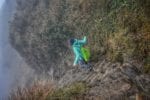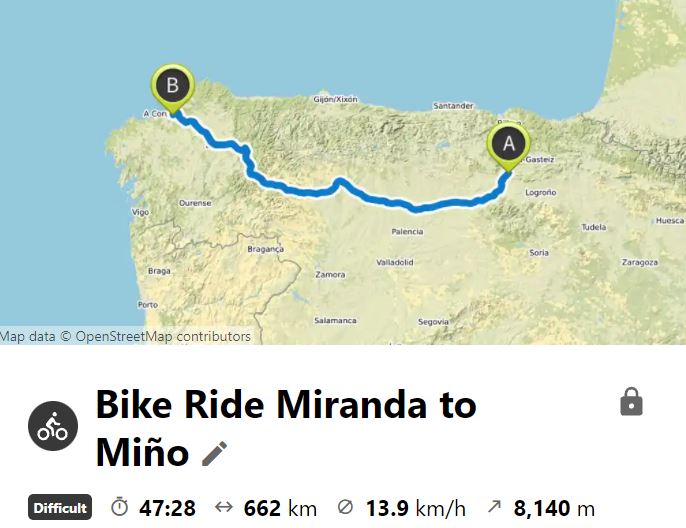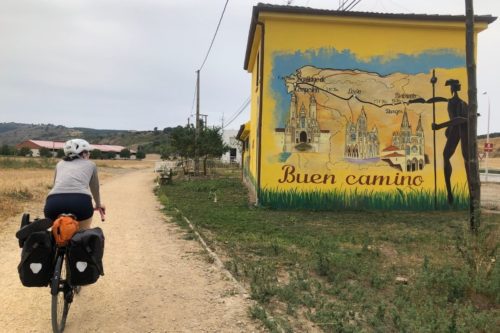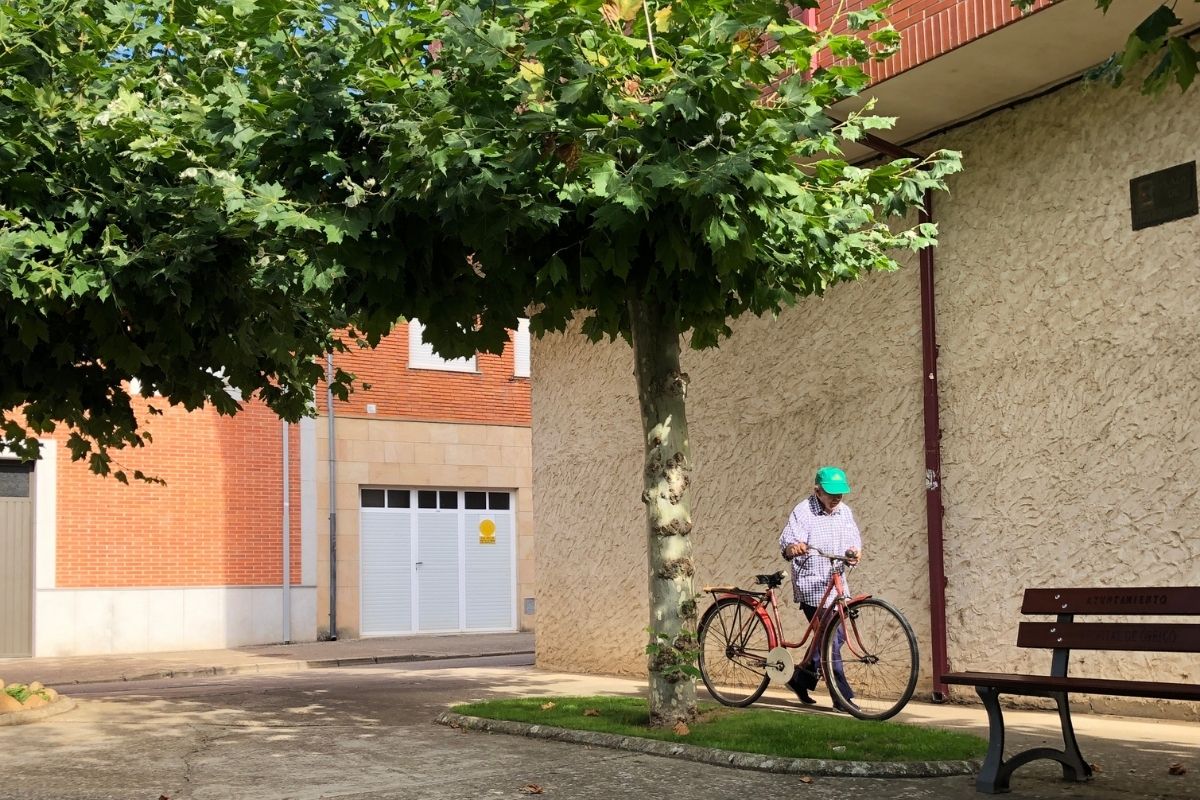Last Updated on 3 May 2024 by Cycloscope
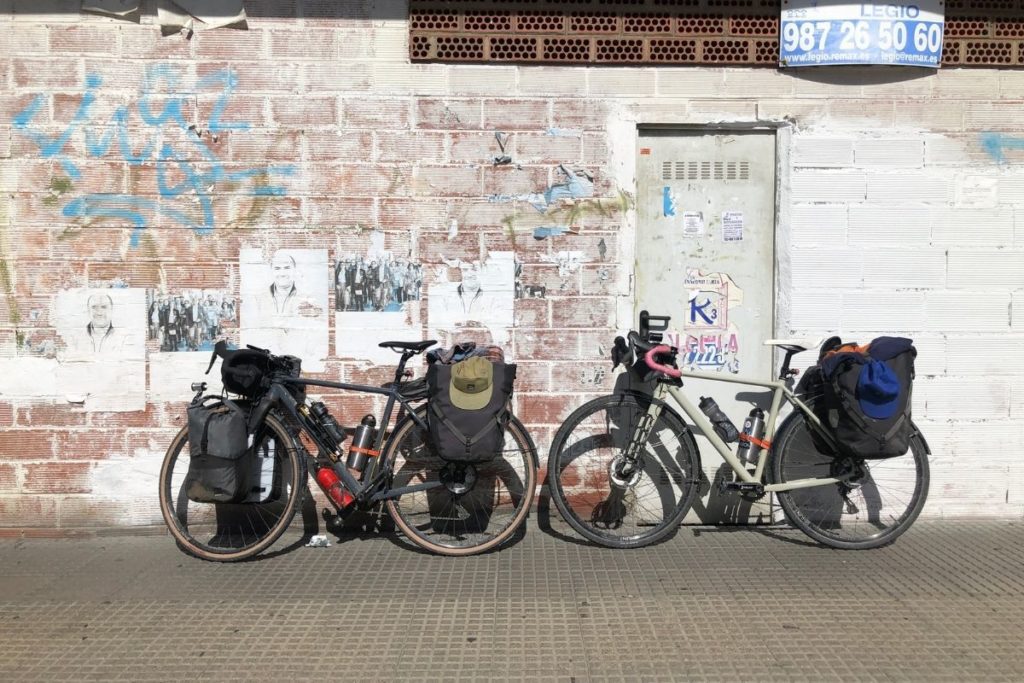
Cycling an alternative Camino de Santiago in Northern Spain – Miranda to Miño
662 Km From Miranda to Miño
Bicycle Touring with C + Me Adventures
For a short while on our southwesterly heading, we smuggle ourselves across the far northwestern edge of La Rioja province. Passing through Foncea and serene Treviana, we snake up through wind-eroded valleys onto vast plateaus that span far in every direction.
It is exceptionally dry here, the dirt is orange and I imagine wild-west scenes; true enough many of the classic western scenes were indeed filmed in Spain. So sparsely populated it is here.
Soon enough we have our reward upon reaching Serra dos Ancares: Descending on perfect roads from 1250m to 580m, our touring bikes flew through the corners with effortless stability and composure.
In the periphery is a constantly changing flash of green and ochre, ahead we’re fixated on the quickly approaching apex, and carried on the rushing wind is a sweet aromatic perfume of some delicate unidentified flora.
Even at this speed, the descent is gleefully long – almost 20km of it. When we checked our GPS data later that day we see we hit 45mph on the descent. We’re deep into the Serra dos Ancares mountain range and have deliberately left the Camino Frances in search of our own route to the coast.
check also
Bikepacking Andalusia and the Southern Coast of Spain
DISTANCE
662 Km/ 411 Miles
DAYS
12
SURFACE
55% Road
45% Gravel
SETUP
Panniers – Ortlieb, Rockgeist, Swift Industries, Apidura
BIKE
Mason Bokeh GRX 2021
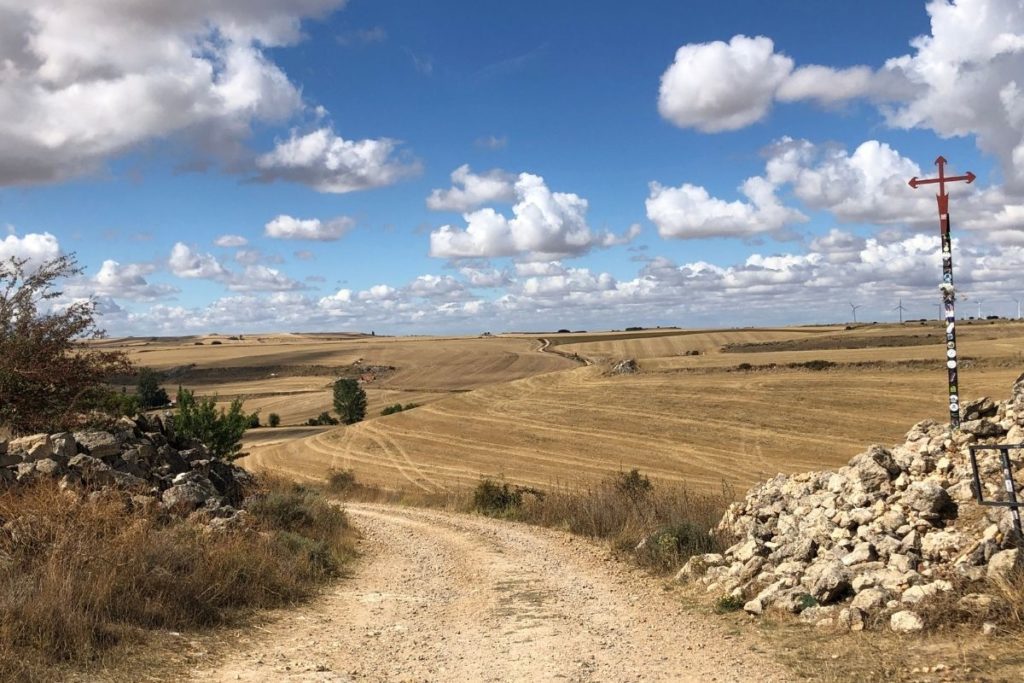
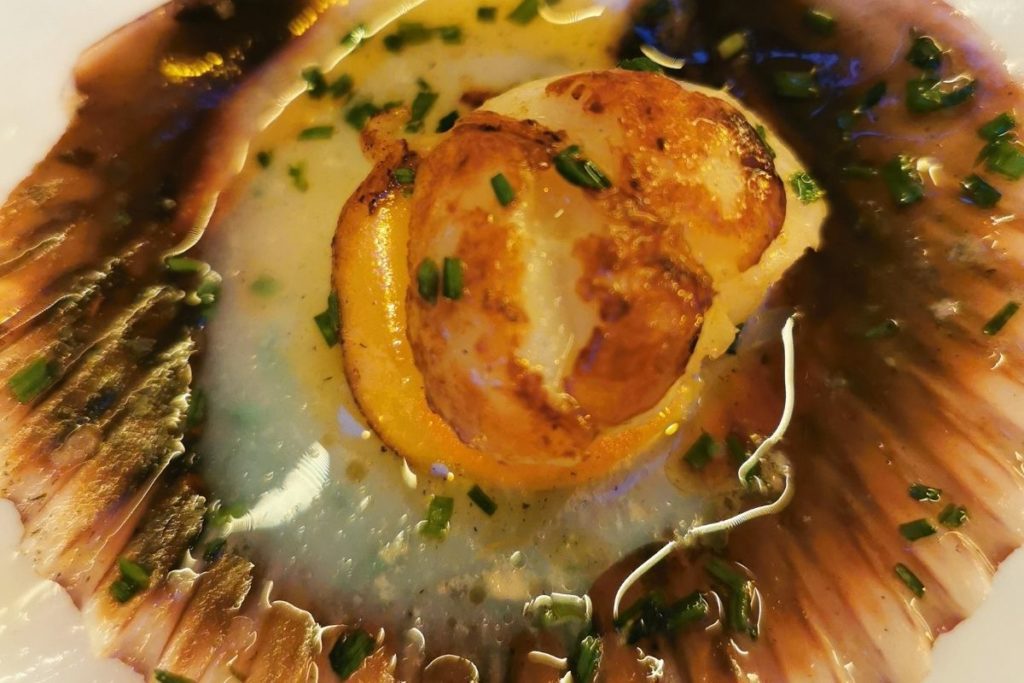
Finding water along this route is easy, and you’ll need plenty of it – minimum 2l capacities per person. There are many drinking fountains along the route but not all are drinking water so make sure by asking a local or filter it. Food is easy to find in shops/restaurants but you’ll want to cook to get enough vegetables in. If eating out, go for the menu del día.
Morcilla de Burgos is a highlight. If you are a vegan/vegetarian then you will need to be self-sufficient in Spain. We were served one vegetarian meal for the entire month. We rarely if ever saw veggie options on the ride. Luckily it’s easy to find good produce.
The highlights for us were seasonal tomatoes, cheap and tasty menu del día, and the seafood and bread in Galicia. Albariño wine in Galicia is excellent. Be prepared to make your own breakfast as Spanish breakfast (biscuits and coffee) is not sufficient for cycle touring.
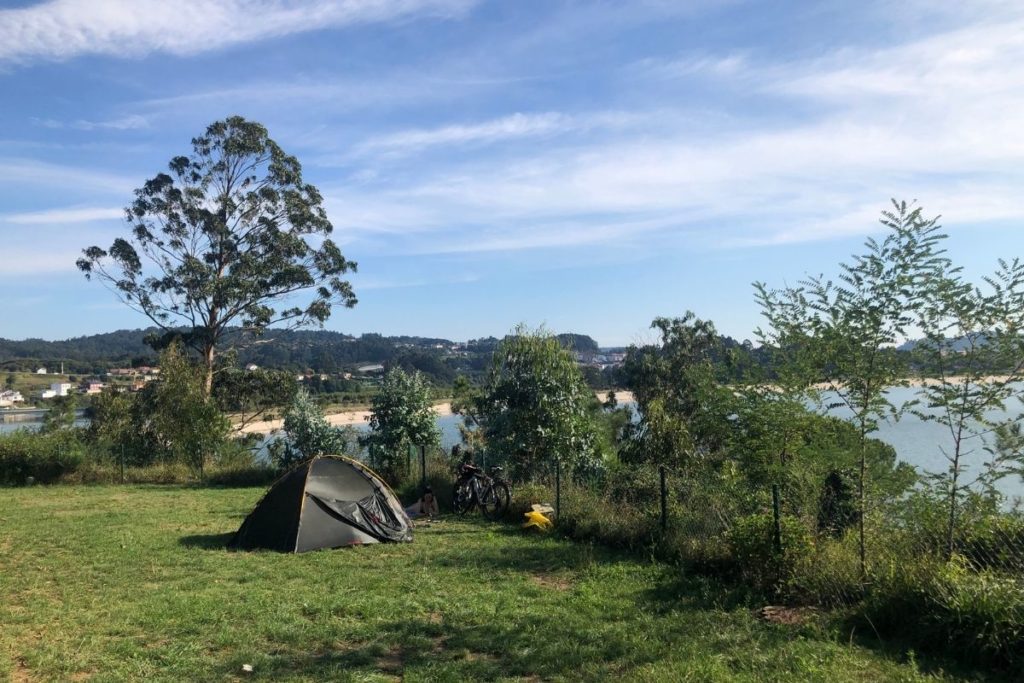
Campsites are just about close enough together on this route. Lots of wild camping opportunities but it’s illegal in Spain. Albergues (hostels) are frequent and cheap but busy in peak seasons.
Camping costs around €10-15 per night, Albergues €15-20. One night we stayed in a local bar’s car park. Generally, if you ask for advice for where to stay, locals will oblige and recommend somewhere to put your tent at least.
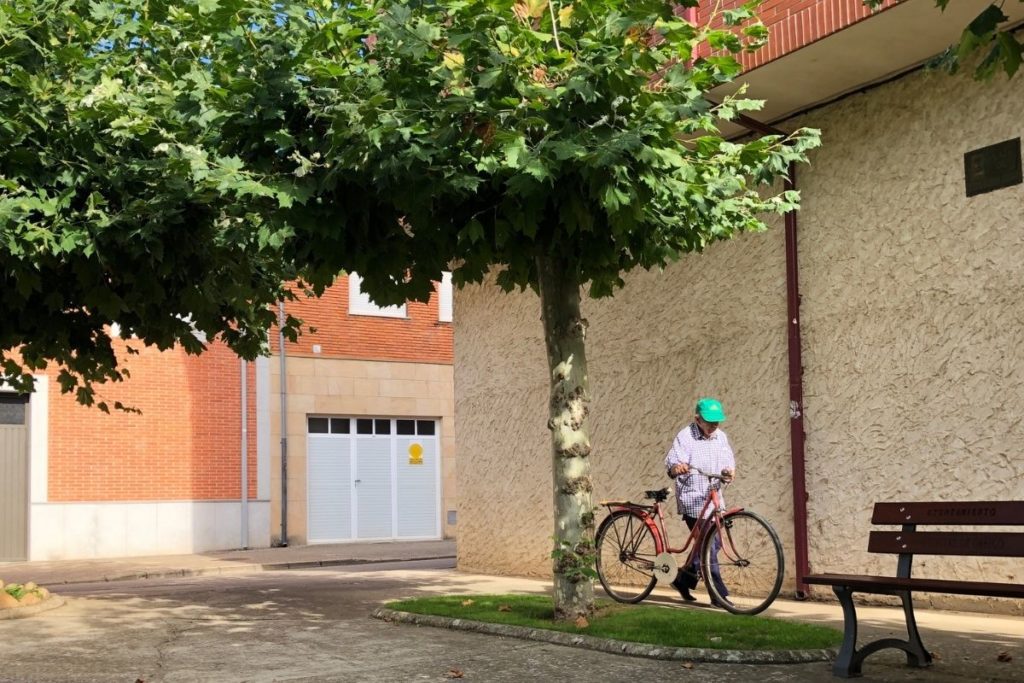
Decent tyres. A lot of the route is on rocky gravel so we recommend a minimum of 40mm tyres. We used WTB ByWay 700c x 40mm. A gravel bike is perfect for this ride. We only saw bike shops in the big cities so make sure your bike is in order and you have some repair skills.
Although we have a Garmin with us you don’t need to have a GPX for the camino sections of the route – it is that well marked. But, you will definitely need navigation for the Galician sections and the Miranda to Burgos part. Much of this route is in Castille Y Leon which can reach 40celcius in summer. We rode it in September which still has days of 36c.
Watch out for hunting in Galicia in the shoulder seasons and be aware of the wildlife. Most of the route in Galicia is fairly high and be prepared for lots of rain and cold weather in the mountains especially. The off-road riding is on dry, dusty, rocky gravel. It’s fast and enjoyable.
The road sections are usually good condition. The route is open year round, but the Galician section will probably have snow and very cold weather in winter, at night, so we recommend doing this route March -June or late August to October.
Phone signal in Spain is excellent and you’ll never be too far from humans, but the local transport in much of the route is not entirely covered. We used a petrol MSR stove. Finding gas isn’t too easy.
THINGS TO SEE ALONG THE ROUTE
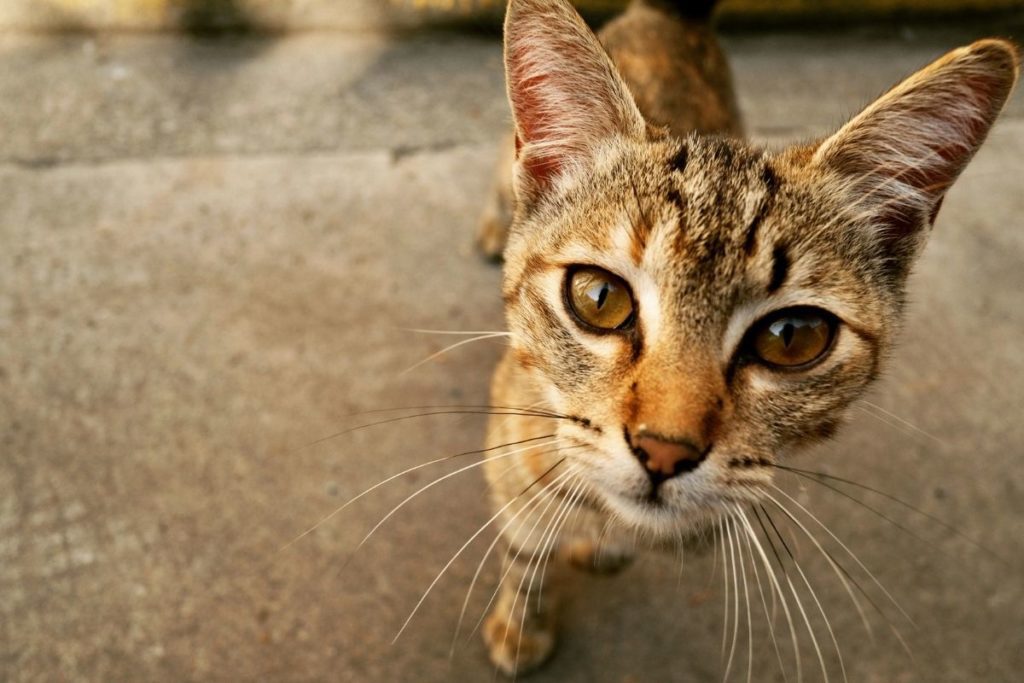
The vast expanses of Castille Y Leon, really feel like the Wild West. The historic Camino Francés is well known but cannot be ignored as an incredible gravel touring ride and pilgrimage. Casa Susi in Trabadelo.
Burgos and Leon have epic gothic cathedrals and tapas. The Roman wall of Lugo is the best example of a Roman city wall in the world. Superb riding and nature in Serra do Os Ancares where the climbs are but descending is world-class, the landscape green and pristine and the locals are so welcoming. Galician landscape, coastal regions, and gastronomy.
MY EXPERIENCE
Castille Y Leon is a relatively flat and dry province in central-north Spain. The winds are fair, it is probably very hot and the landscape is repetitious: vast fields of sunflowers, unlikely beds of spinach and broccoli, and a rolling downland-esque vista.
The entry to the Camino Frances – we never intended to travel on the Camino Frances, It just happened to be a waymarked route that went in the same direction that we needed to go. Despite asking ourselves the question “are we pilgrims?” several hundred times during our time on the Camino we didn’t find an answer.
When wished for a “buen camino” by many locals we could have denied this status assigned to us, but we certainly could not state our uncertainty about this identity with any eloquence in our basic Spanish. It just felt wrong to try and deny the simple act of kindness from a stranger.
Days passed and the buen camino kept coming from locals, peregrines, signposts, and murals. Soon enough we found ourselves saying it, too. The Camino provides, they say, and if that’s a beautiful riding experience and good friends, that’s certainly true.
After Leon, we headed deep into the Serra dos Ancares mountain range and deliberately left the Camino Frances in search of our own route to the coast. The valleys are severe, green, and an intense contrast to the drier, flatter Castille Y Leon region just a mountain pass away.
This is Serra dos Ancares: Descending on perfect roads, in the periphery is a constantly changing flash of green and ochre, ahead we’re fixated on the quickly approaching apex, and carried on the rushing wind is a sweet aromatic perfume of some delicate unidentified flora. Even at this speed, the descent is gleefully long – almost 20km of it.
When we checked our GPS data later that day we see we hit 45mph on the descent. Our trip finished in the beach town of Miño where the Atlantic Ocean brings the goods that enrich Galicia; seafood, surf, and rain.
check also
Bikepacking the Pyrenees – GPX track and advice
Cycling the Isle of Skye in Scotland


